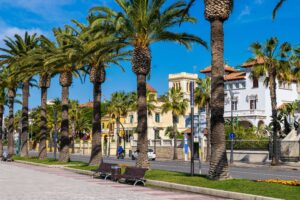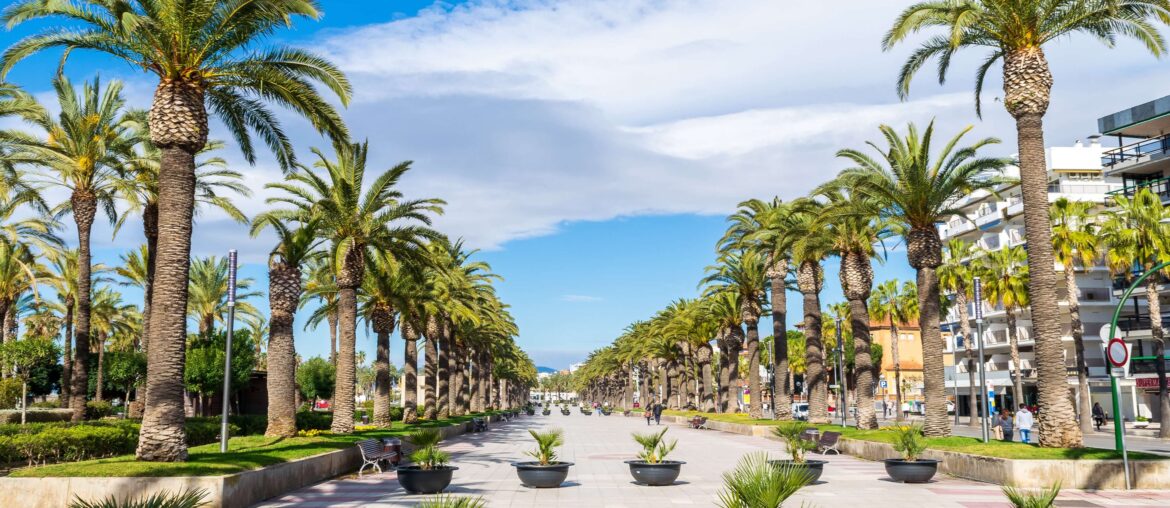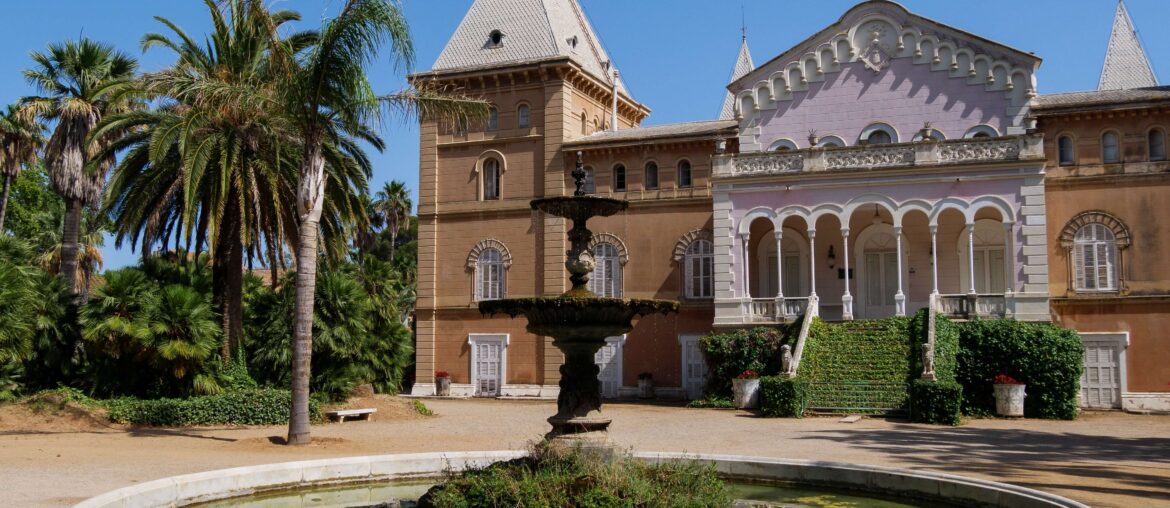Beyond the sun-soaked beaches and vibrant nightlife, Salou holds a hidden treasure trove of cultural sites that offer a glimpse into its rich history and heritage.
From ancient ruins to modern architectural marvels, Salou invites visitors on a journey of discovery, showcasing its diverse cultural tapestry.
Join us as we embark on a virtual tour of some of the most captivating cultural sites in Salou, inviting you to explore the town’s fascinating past and present.
Torre Vella
Standing proudly amidst the modern skyline of Salou is the Torre Vella, or Old Tower, a symbol of the town’s medieval past.
Dating back to the 16th century, this historic watchtower served as a defense against pirate attacks and offers panoramic views of the surrounding landscape.
Today, it houses the Municipal Library and serves as a cultural center, hosting exhibitions and events throughout the year.
For more information about Torre Vella, check this link out!
Capella de Santa Maria del Socors
Nestled in the heart of Salou’s old town is the Capella de Santa Maria del Socors, a quaint chapel that dates back to the 18th century.
Adorned with beautiful frescoes and ornate altarpieces, the chapel is a testament to the town’s religious heritage and serves as a peaceful retreat for visitors seeking a moment of contemplation amidst the hustle and bustle of modern life.
Check out this link for more information about Salou’s old town
Monument to Jaume I
Paying homage to one of Spain’s most revered historical figures, the Monument to Jaume I stands as a striking tribute to the Catalan king who played a pivotal role in the Reconquista.
Located on Passeig Jaume I, the town’s main promenade, the monument features a towering statue of King Jaume I on horseback, surrounded by intricate reliefs that depict scenes from his legendary conquest of Valencia.
Check this link out for more information about the monument and the place!
El Parc de Salou
Amidst the lush greenery of El Parc de Salou lies a hidden gem of cultural significance. Here, visitors can explore the remains of an ancient Roman villa, which dates back to the 1st century AD.
Wander through the archaeological site and marvel at the well-preserved mosaic floors, offering a glimpse into the daily life of the villa’s inhabitants over two millennia ago.
If you want to find the this hidden gem of cultural significance, go check out this link!
Passeig de Jaume I
Stretching along the waterfront, Passeig de Jaume I is not only a scenic promenade but also a showcase of Salou’s modern architectural heritage.
Admire the elegant facades of the Belle Époque buildings that line the promenade, adorned with colorful tiles and wrought iron balconies.
Take a leisurely stroll along the palm lined boulevard and soak in the ambiance of this charming coastal town.
Check out the link, for Google maps guidance to the scenic promenade!
Conclusion:
Salou may be best known for its beaches and nightlife, but its cultural sites offer a fascinating glimpse into its rich history and heritage.
From ancient ruins to modern monuments, the town invites visitors to explore its diverse cultural tapestry and discover the stories that have shaped its identity over the centuries.
Whether you’re a history buff, an architecture enthusiast, or simply curious to learn more about Salou’s past, these cultural sites promise an enriching and memorable experience for all who visit.



